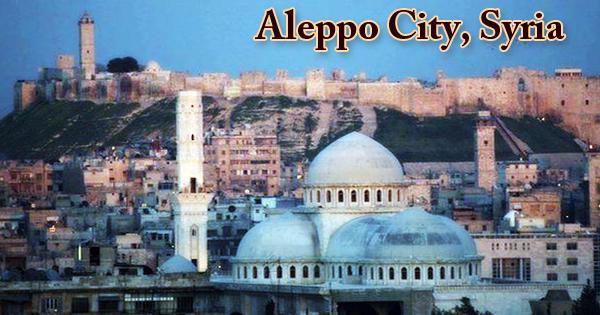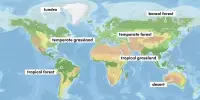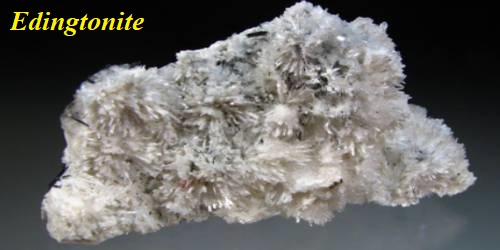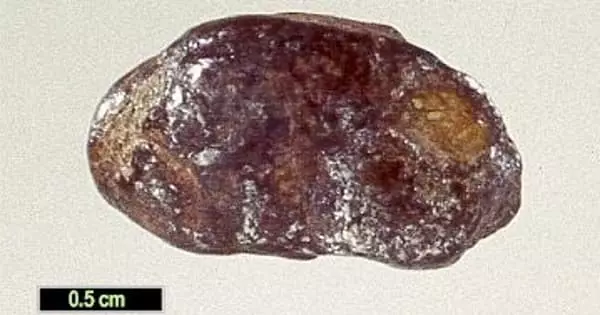The Ancient City of Aleppo (Arabic: مدينة حلب القديمة, romanized: Madīnat Ḥalab al-Qadīma), Turkish – Halep, Northern Syria’s main city. It is situated about 30 miles (50 km) south of the Turkish border in the northwestern part of the country. Since its creation between the 12th to the 16th centuries, several districts of the ancient city remained largely unchanged before the Syrian Civil War. At the crossroads of major trade routes, Aleppo is situated some 60 miles (100 km) from both the Mediterranean Sea (west) and the Euphrates River (east). Being subjected to relentless invasions and political turmoil, the city’s inhabitants were forced to establish socially and economically separate cell-like quarters and districts. The religious and ethnic characteristics of its residents have distinguished each district.
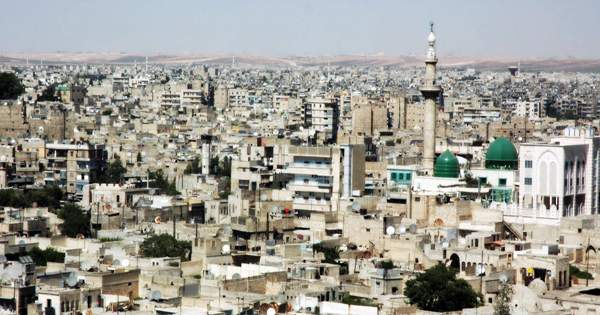
The Ancient City of Aleppo, Syria
Aleppo was successively ruled by the Hittites, Assyrians, Akkadians, Greeks, Romans, Umayyads, Ayyubids, Mameluks, and Ottomans, who left their mark on the region, at the crossroads of many trade routes since the 2nd millennium B.C. The Citadel, the Great Mosque of the 12th century, and numerous madrasas, houses, khans, and public baths of the 16th and 17th centuries all form part of the integrated, unique urban structure of the region. The Old City of Aleppo has an area of approximately 350 hectares (860 acres; 3.5 km2), containing more than 120,000 people, consisting of the ancient city within the walls and the old cell-like quarters outside the walls.
The precise age of Aleppo is uncertain, but it is believed to be one of the oldest cities continuously inhabited in the world. The Ancient City of Aleppo became a UNESCO World Heritage Site in 1986, distinguished by its wide mansions, narrow alleys, sheltered souks, and ancient caravanserais. It is assumed that the first settlers established homes on the hill in the center of the modern city, taking advantage of the natural defensive advantages of the region, fertile agricultural land, and proximity to the Quwayq River, a water source. The continuous occupation of the site to the present day, however, has made it hard to look for archaeological evidence of the early history of the site.

Aleppo, Syria: Qalʿat al-Simʿān
From the 12th to the 14th centuries, the colossal Citadel of Aleppo, rising above the suqs, mosques, and madrasas of the old walled city, testifies to Arab military strength. The citadel includes the ruins of mosques, palaces, and baths, with evidence of past occupation by cultures dating back to the 10th century B.C. The ancient city, situated on the left bank of the Queiq River, was surrounded by a circle of eight hills surrounding a prominent central hill on which the castle was erected in the form of an acropolis (originally a temple dating from the 2nd millennium BC). The walled city that developed around the citadel bears evidence of the early Graeco-Roman street layout and contains remains of Christian buildings from the 6th century, medieval walls and gates, mosques, and madrasas relating to the growth of the city by the Ayyubid and Mameluke, and later Ottoman mosques and palaces. The wall has largely vanished since. It had nine gates and was surrounded by a broad, deep ditch (5 of them are well preserved).
The Arabic name of the town, Alab, is of ancient Semitic origin. It is first mentioned as the location of an important temple dedicated to the Near Eastern storm god Hadad in the archives of the ancient city of Ebla at the end of the 3rd millennium BCE. In the 30 years before registration, fundamental changes to parts of the city took place, including the demolition of buildings and the construction of tall new buildings and widened roads. Nevertheless, the remaining ensemble of major buildings and the coherence of the suqs and residential streets and lanes’ urban character all add to the Outstanding Universal Importance. Archaeologists found the buried ruins of this temple in the late 20th century at the site of the medieval citadel of Aleppo, atop a hill in the center of the city.
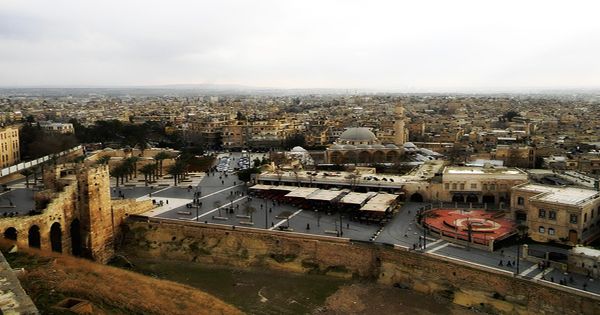
Khusruwiyah Mosque, Khan al-Shouneh, and Carlton Citadel Hotel were all destroyed during the battle of Aleppo
The old city of Aleppo is a representation of its successive inhabitants’ rich and varied cultures. Several periods of history have made their mark on the city’s architectural framework. Ualab was the capital of the Amorite kingdom of Yamkhad in the 18th century BCE. During the 17th to the 14th centuries, it subsequently came under Hittite, Egyptian, Mitannian, and again Hittite rule. It gained some independence as a Hittite principality in the following centuries. Following Salah El-success Din’s against the Crusaders, Aleppo is an excellent example of an Ayyubid 12th century city with its military fortifications established as its focal point. At the height of Arab supremacy, the encircling ditch and defensive wall over a wide, sloping, stone-faced glacis and the broad gateway with its machicolations form a significant ensemble of military architecture.
In the 8th century BCE, Aleppo was conquered by the Assyrians and was then dominated from the 6th to the 4th century BCE by the Achaemenian Persians. During the periods of Assyrian and Achaemenian rule, the absence of historical documents concerning Ḥalab indicates that the city had declined insignificance. Aleppo is characterized by mixed styles of architecture, dominated by the Romans, Byzantines, Seljuqs, Mamluks, and Ottomans, among others. In the old city, different styles of buildings of the 13th and 14th centuries are located, such as caravanserais, caeserias, Quranic schools, hammams, and religious buildings. The quarters of the Jdeydeh district are home to numerous houses of the Aleppine bourgeoisie of the 16th and 17th centuries, with stone engravings. In the 1st century BCE, the city was incorporated into the Roman province of Syria. During this time, Jewish settlement in the region is likely to have begun, and a Christian community was also founded. Under Byzantine rule, Beroea prospered as a center for caravan traffic but was plundered and burned in 540 CE by the Persian Sasanian king Khosrow I.
The strategic trade position of the city attracted settlers of all races and beliefs who wanted to take advantage of the commercial roads from China and Mesopotamia to the east, Europe to the west, and the Fertile Crescent and Egypt to the south that met in Aleppo. The world’s largest covered souq market is in Aleppo, approximately 13 kilometers long (8.1 miles). Aleppo witnessed a time of extraordinary prosperity under the Ayyūbid rulers. In the large surviving Citadel, the remnants of Hittite, Hellenistic, Roman, Byzantine, and Ayyubid structures and elements are integrated. The citadel was reconstructed, and the city’s markets and suburbs were extended. A number of madrasahs were also founded by the Ayyūbid rulers to support the reestablishment of Sunni Islam in Aleppo, which had been a Shi’i stronghold under the Ḥamdānids.
During the medieval era, Aleppo was home to 177 hammams, until the Mongolian invasion, when many important buildings in the city were destroyed. Today, there are about 18 hammams working in the old town. After Constantinople (now Istanbul) and Cairo, Aleppo was the third-largest city in the Ottoman Empire in the 16th and 17th centuries and hosted Venetian, British, Dutch, and French consulates and trading offices. For Christians in Aleppo, who also worked as commercial agents and translators, the existence of a large European merchant group was particularly lucrative. Aleppo’s impressive souqs, khans, hammams, madrasas, mosques, and churches are all in need of further care and restoration work as an ancient trading hub. The city was dramatically rebuilt after World War II; in 1954, the French architect André Gutton had a series of large new roads cut through the city to allow modern traffic to pass easier.
In 1992, in cooperation with international agencies, the Old Aleppo Rehabilitation Project was formed under the authority of the Municipality of Aleppo. In 1999, under the authority of the Municipality of Aleppo, the Directorate of the Old City was established to guide the reconstruction of the Old City, with three departments covering studies and planning; permits and supervision; and implementation and maintenance. A great deal of foreign commercial traffic, at the cost of inland caravan hubs such as Aleppo, has also been shifted to Mediterranean coastal cities as a result of the growth of economical sailing and steam transport. In the 20th century, the city experienced a major population expansion caused by migration from rural areas, and huge residential projects were designed to keep up with the housing demand.
Many buildings in the old town were demolished between 1954-1983 to enable modern apartment blocks to be constructed, especially in the northwestern areas (Bab al-Faraj and Bab al-Jinan). In the 1950s and 1970s, the development of large new roads through the city center had the effect of separating contiguous parts of the old city into different neighborhoods, disrupting conventional activity patterns. For the surrounding agricultural area, the city is a market center growing wheat, cotton, barley, vegetables, fruit, nuts, and sesame. In particular, Aleppo is known for producing pistachios, which are internationally exported. A number of foreign organizations have joined forces with local authorities and the Archaeological Institute of Aleppo.
In 1986, the old city of Aleppo has declared a World Heritage Site by UNESCO. One of the most striking examples of medieval Islamic architecture preserved in the 21st century is considered to be Aleppo’s citadel. Society, by accommodating contemporary life while retaining the old one to rehabilitate the old city. Severe projects aimed at the improvement of the ancient city and the Jdeydeh quarter have been initiated by the governorate and the municipality. The old town, including the citadel and the Great Mosque, sustained significant damage during the Syrian Civil War. After the city was recaptured by the Syrian government, attempts to rebuild the structures began.
Information Sources:
